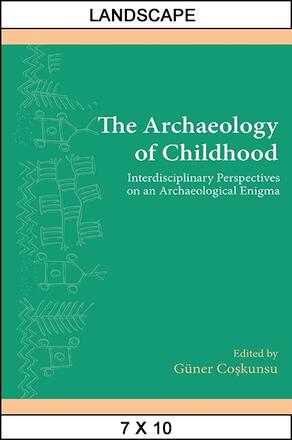
The Archaeology of Childhood
Interdisciplinary Perspectives on an Archaeological Enigma
Alternative formats available from:
Critical interdisciplinary examination of archeaology's approach to childhood in prehistory.
Description
Children existed in ancient times as active participants in the societies in which they lived and the cultures they belonged to. Despite their various roles, and in spite of the demographic composition of ancient societies where children comprised a large percentage of the population, children are almost completely missing in many current archaeological discourses. To remedy this, The Archaeology of Childhood aims to instigate interdisciplinary dialogues between archaeologists and other disciplines on the notion of childhood and children and to develop theoretical and methodological approaches to analyze the archaeological record in order to explore and understand children and their role in the formation of past cultures. Contributors consider how the notion of childhood can be expressed in artifacts and material records and examine how childhood is described in literary and historical sources of people from different regions and cultures. While we may never be able to reconstruct every last aspect of what childhood was like in the past, this volume argues that we can certainly bring children back into archaeological thinking and research, and correct many erroneous and gender-biased interpretations.
Güner Coşkunsu is Assistant Professor of Archaeology at the Mardin Artuklu University, Turkey.
Reviews
"…this book emphasizes the point that childhood research in archaeology may benefit from considering the relationships between infants and children with adults, rather than categorizing childhood as a separate category … [it is] representative of true interdisciplinary approaches to understanding the child in archaeology." — Childhood in the Past